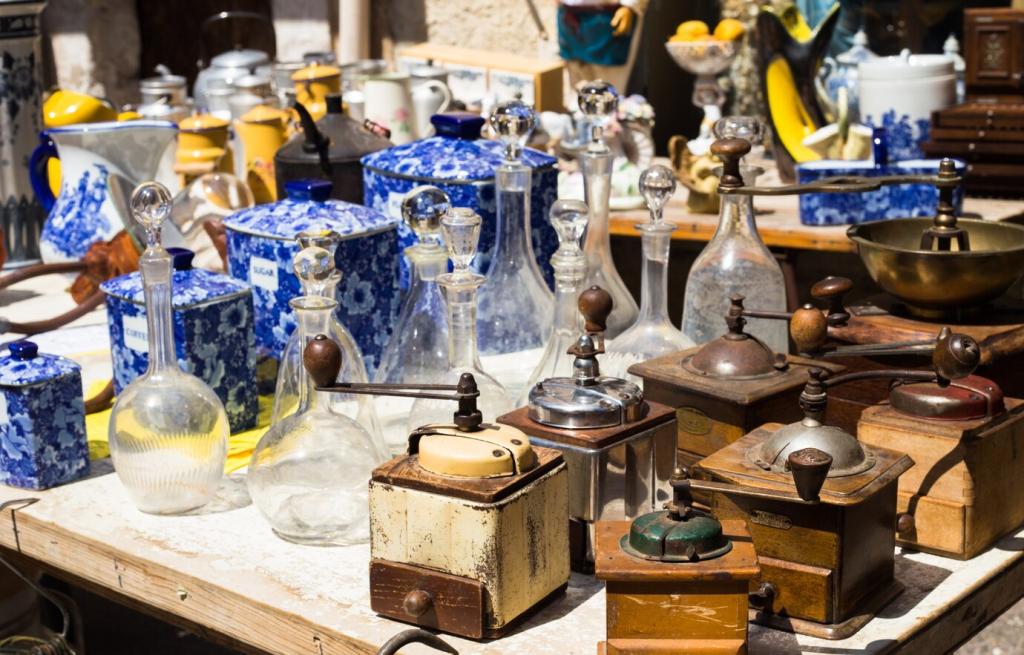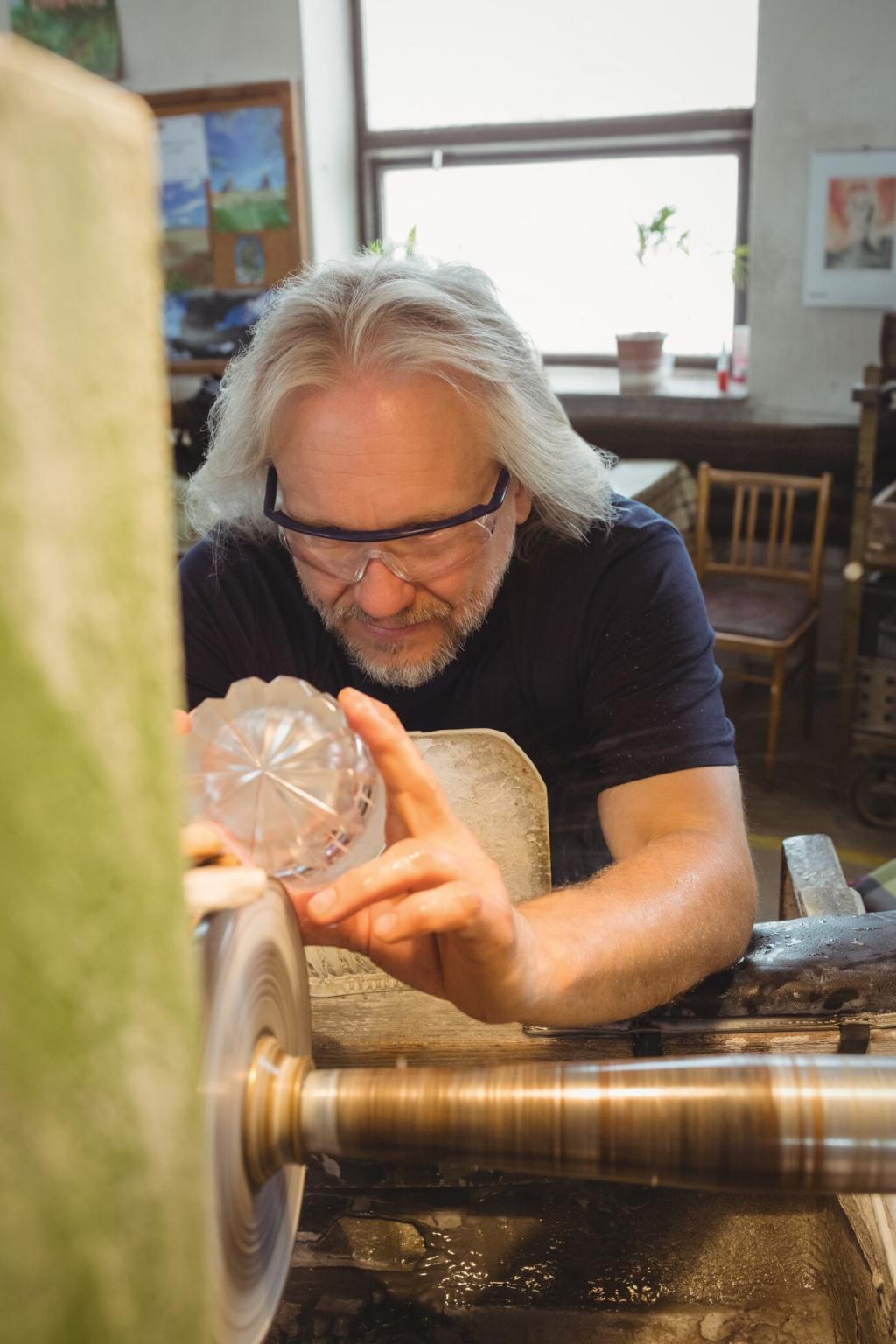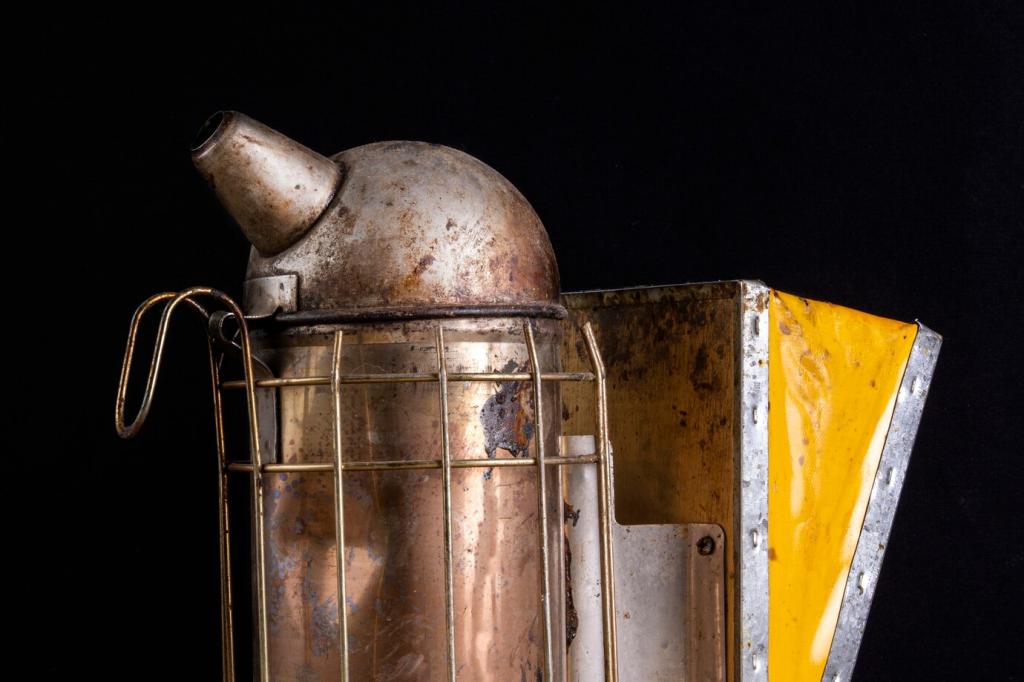Best Practices for Furniture Conservation
Chosen theme: Best Practices for Furniture Conservation. Preserve the character, structure, and stories of beloved pieces with gentle methods, ethical choices, and confident care you can practice at home or alongside professionals. Join the conversation, ask questions, and subscribe for monthly insights.
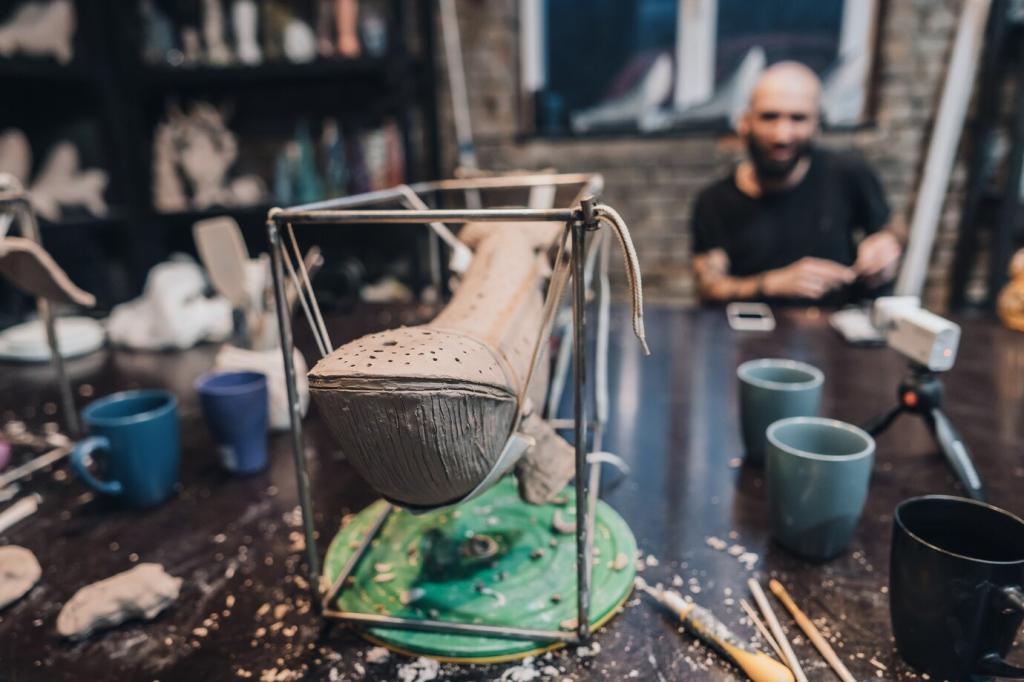
Know Your Materials: Wood, Finishes, Fabrics
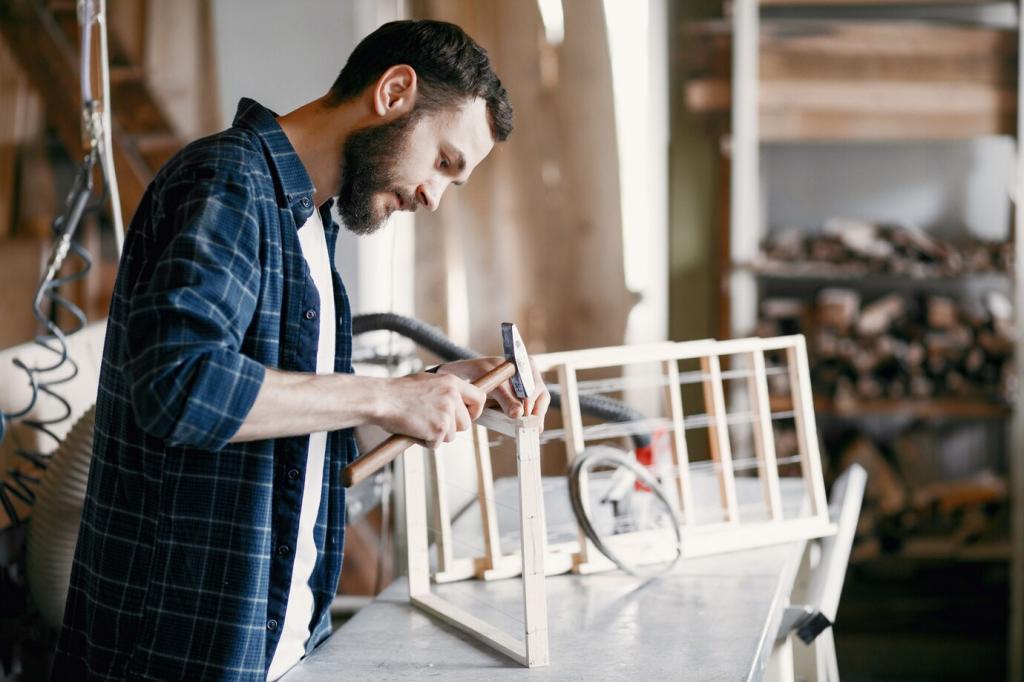
Wood Movement and Seasonal Change
Wood swells and shrinks across the grain with humidity cycles, opening joints and warping panels if stressed. Track seasonal changes, avoid forced drying, and position furniture away from vents. Share your climate observations to help others troubleshoot responsibly and prevent avoidable damage.
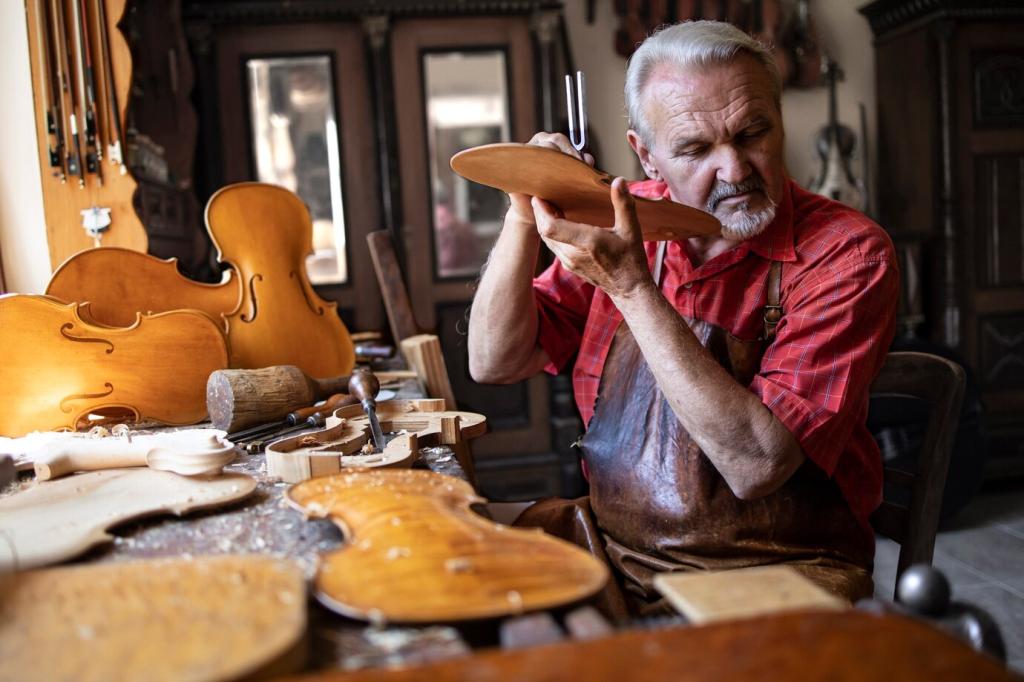
Finish Types and Their Behavior
Shellac softens in alcohol, wax dulls under heat, and polyurethane resists many solvents yet can crosslink irreversibly. Identify finishes before treatment using discreet spot tests, raking light, and provenance clues. Tell us which tests worked best for you and what surprised your expectations.
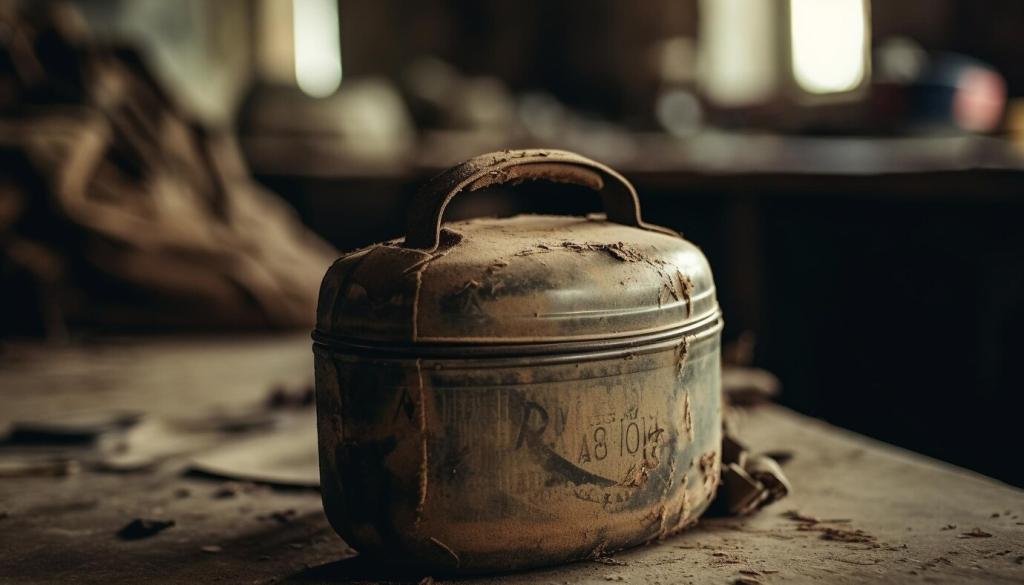
Textiles and Fillings in Upholstery
Cotton batting compacts, horsehair springs back, and modern foams can oxidize into dust. Recognizing what lives under fabric guides gentle cleaning and ethical replacement. Post photos of your seat layers, and we’ll discuss minimally invasive options and long-term comfort together.
Preventive Conservation: Environment First
Humidity and Temperature Targets
Aim for 40–55% relative humidity and moderate temperatures, minimizing rapid swings that stress joints and veneers. Use data loggers, glycerin psychrometers, or smart sensors. Compare readings with peers here, and celebrate incremental improvements that steadily reduce risk to cherished pieces.
Light Management and UV Protection
Sunlight fades dyes and embrittles finishes. Rotate displays, draw blinds during peak hours, and add UV-filter films or sleeves. Share before-and-after placements in the thread to inspire others balancing livability with conservation priorities, and tell us which solutions fit your rooms best.
Housekeeping That Protects
Lift, don’t drag. Dust with clean microfiber, not feather dusters, and vacuum with a soft brush on low suction. Your weekly routine matters. Post your checklist, and we’ll trade tips, refine sustainable habits, and celebrate small wins that truly add up over time.
Cleaning Without Damage
Dry Cleaning as a First Step
Start with dry methods: microfiber cloths, goat-hair brushes, and low-powered HEPA vacuums. They lift loose soils safely without swelling finishes. Describe your favorite tools and tricky corners; your practical hacks help keep fragile surfaces intact and encourage confident, gentle routines.
Spot Testing and Solvent Sense
Always test in hidden areas, progressing from mild to strong. Distilled water, then pH-neutral surfactants, then tailored solvents where appropriate. Document reactions carefully. Post test photos to crowdsource interpretations before committing to broader cleaning passes on vulnerable surfaces.
Leather and Hide Care
Avoid over-oiling leather. Instead, control humidity, shade from heat sources, and dust gently with soft cloths. When consolidation is needed, choose reversible products and specialist guidance. Share leather wins and missteps—your experience could prevent someone else’s irreversible, expensive heartbreak.
Minimal Intervention, Maximum Respect
Intervene only as much as necessary to ensure stability and safe function. Honest wear tells a story worth keeping. Describe a piece where restraint paid off, and how you explained that choice to family or clients who expected dramatic transformation.
Reversibility and Future Options
Choose reversible adhesives and fills so future conservators aren’t boxed into limited choices. Mark additions discreetly, without mimicry. Share adhesive experiences—hide glue versus PVA—so newcomers understand why reversibility matters beyond today’s repair and how it safeguards tomorrow’s possibilities.
Structure and Joinery: Keeping Things Sound
Reading Stress and Movement
Watch for racking, cupping, and torque paths. Sit, push, and gently twist to learn where forces travel through joints. Share your diagnostics and observations; group insight frequently reveals the simplest fix that saves originality and avoids unnecessary disassembly.
Adhesives and Mechanical Aids
Where original hide glue was used, reactivating or re-gluing in kind preserves reversibility and tradition. When necessary, consider discreet mechanical reinforcement. Post clamp setups and explain choices; context-rich examples teach newcomers how to balance strength with future serviceability.
Clamping Strategy and Alignment
Use cauls, soft pads, and thorough dry runs to perfect alignment before glue. Measure diagonals, check for wind, and protect vulnerable finishes. Show your most elegant jig; clever simplicity helps everyone approach structural work with confidence and patience.
Finishes: Care, Consolidation, and Visual Integration
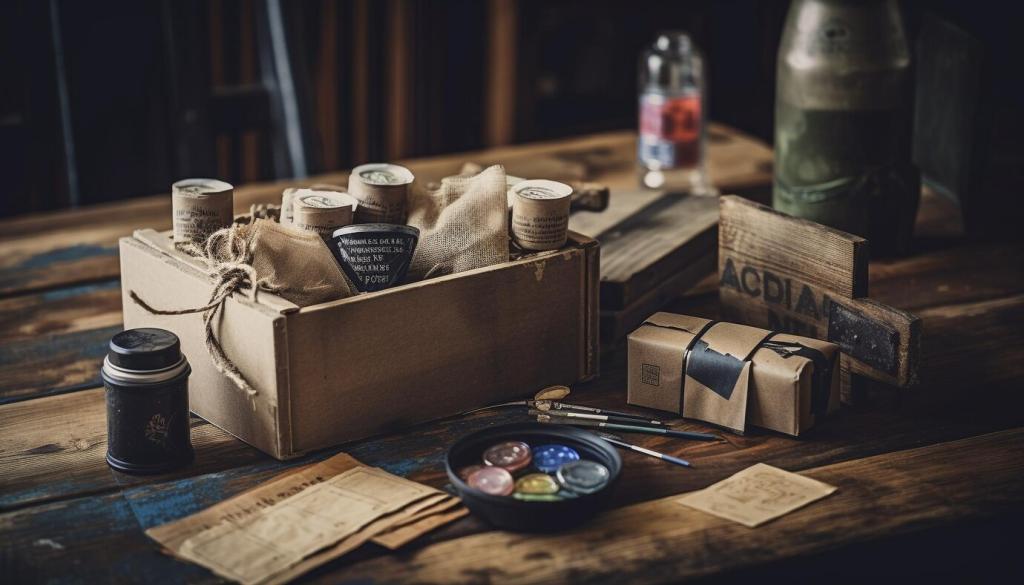
Thin coats of high-quality paste wax reduce friction and dust adhesion without plastic gloss. Buff sparingly with soft cotton. Share application cloths, curing times, and tricks for avoiding build-up in carvings, moldings, and tiny corners where residue can accumulate.
